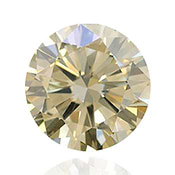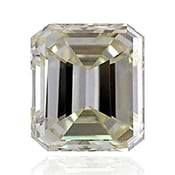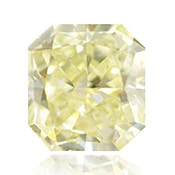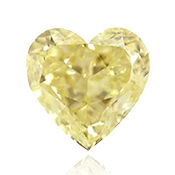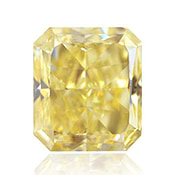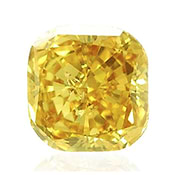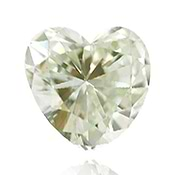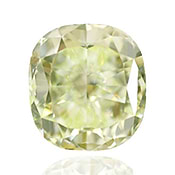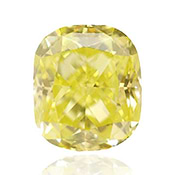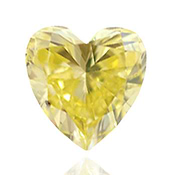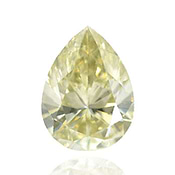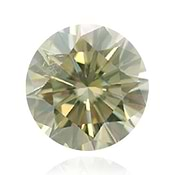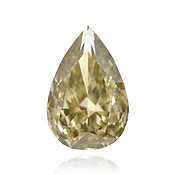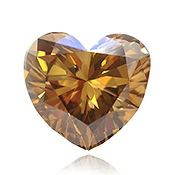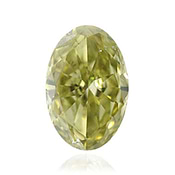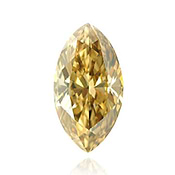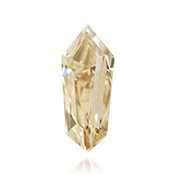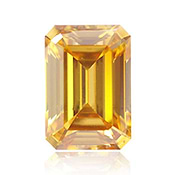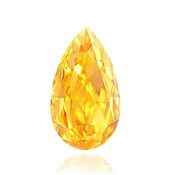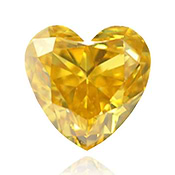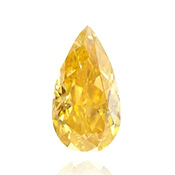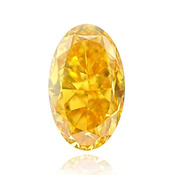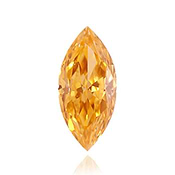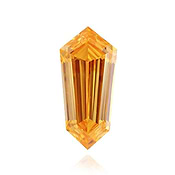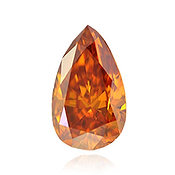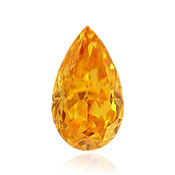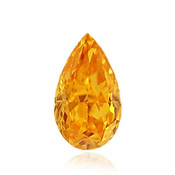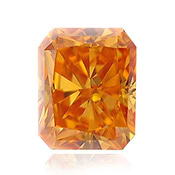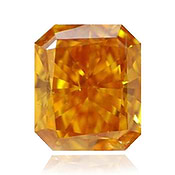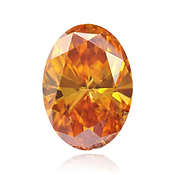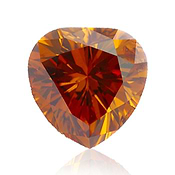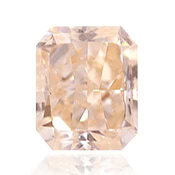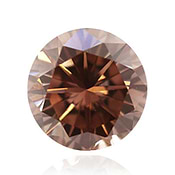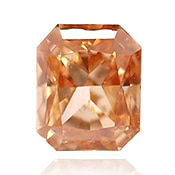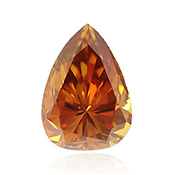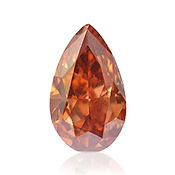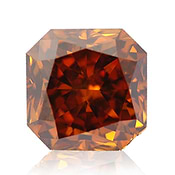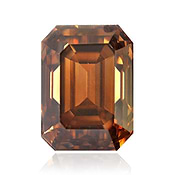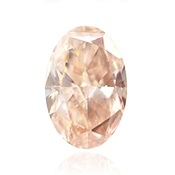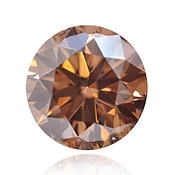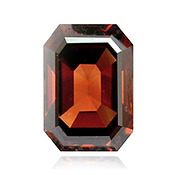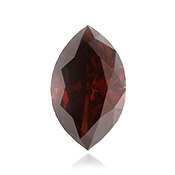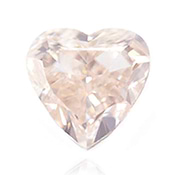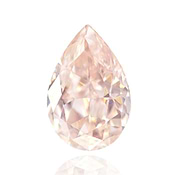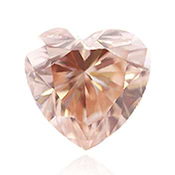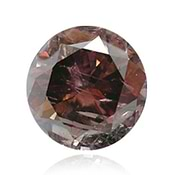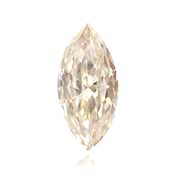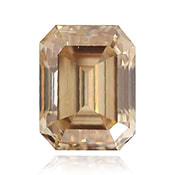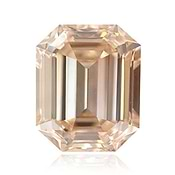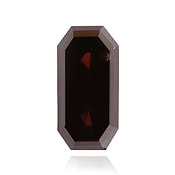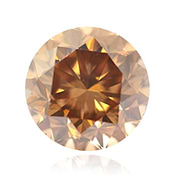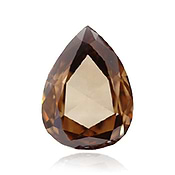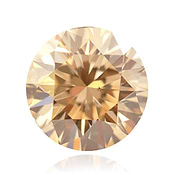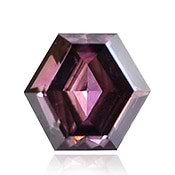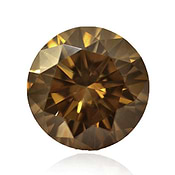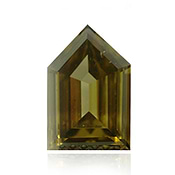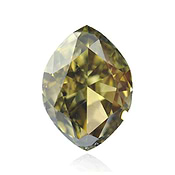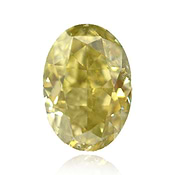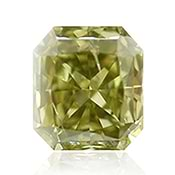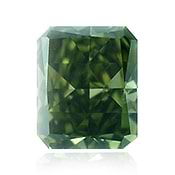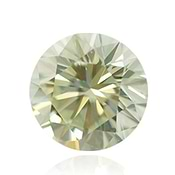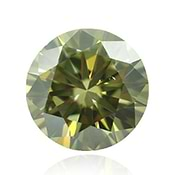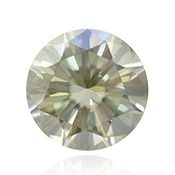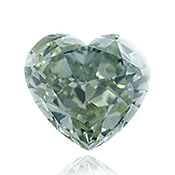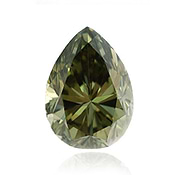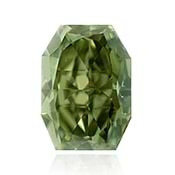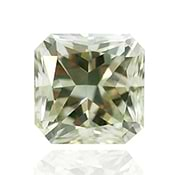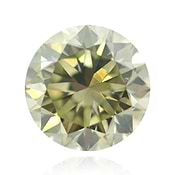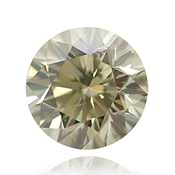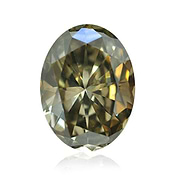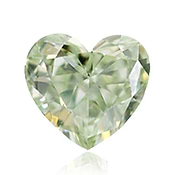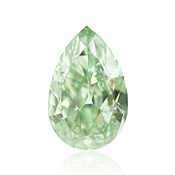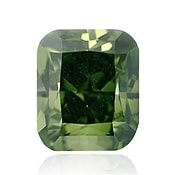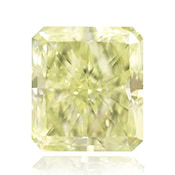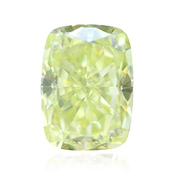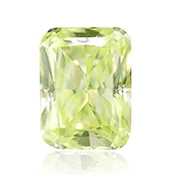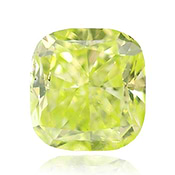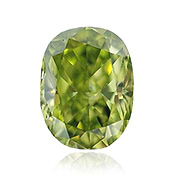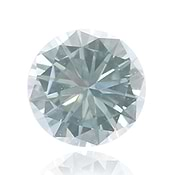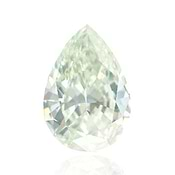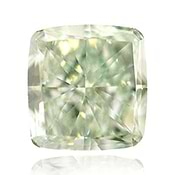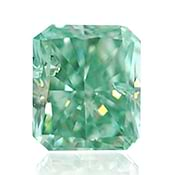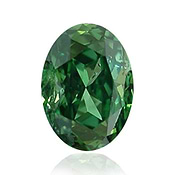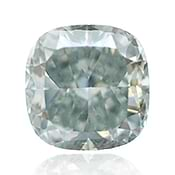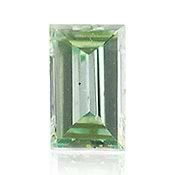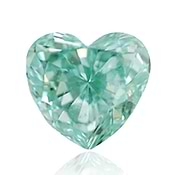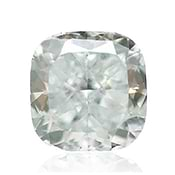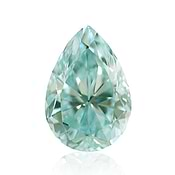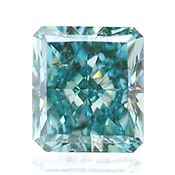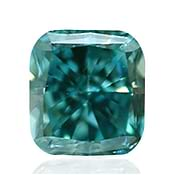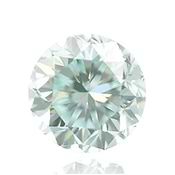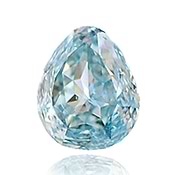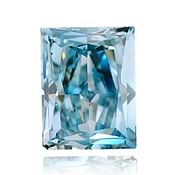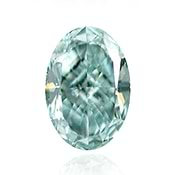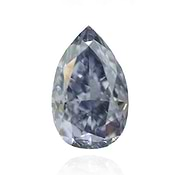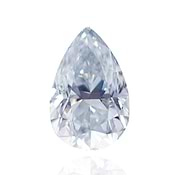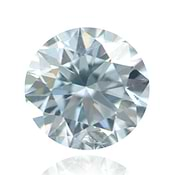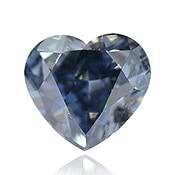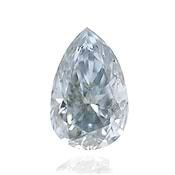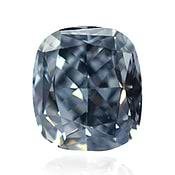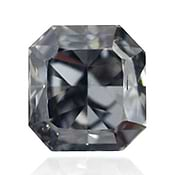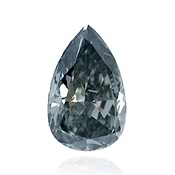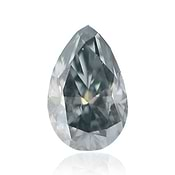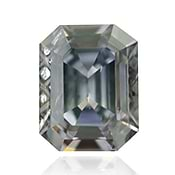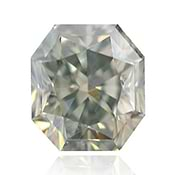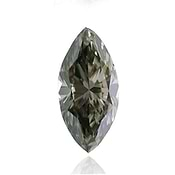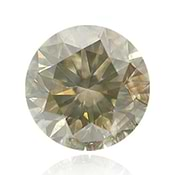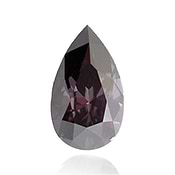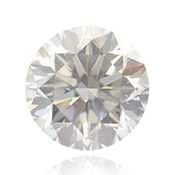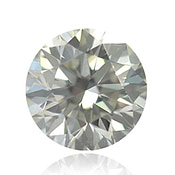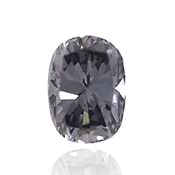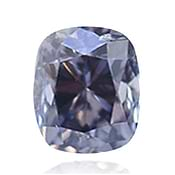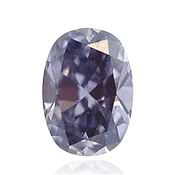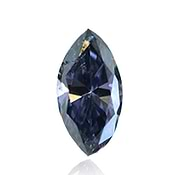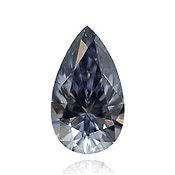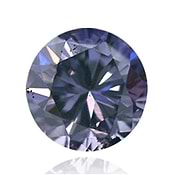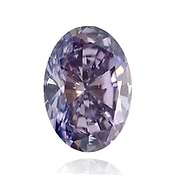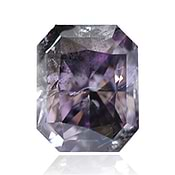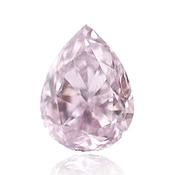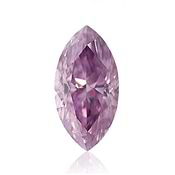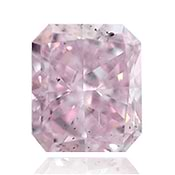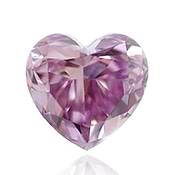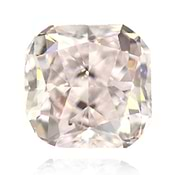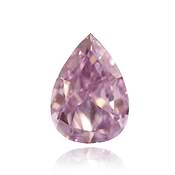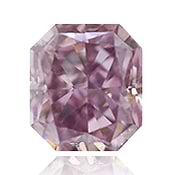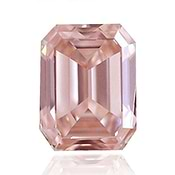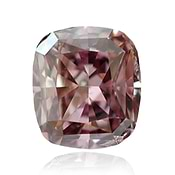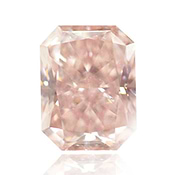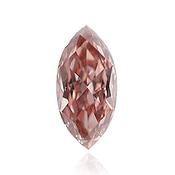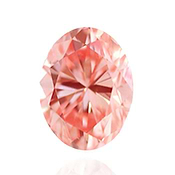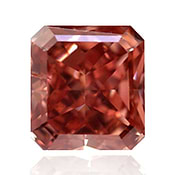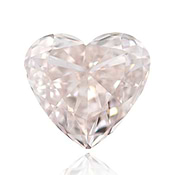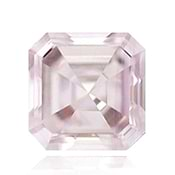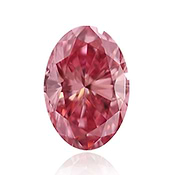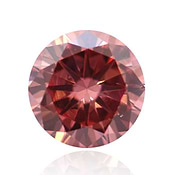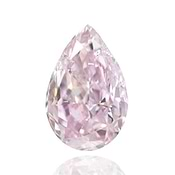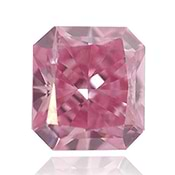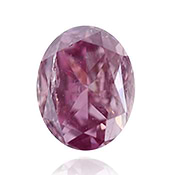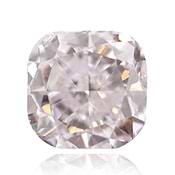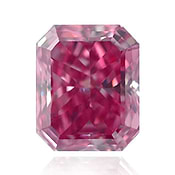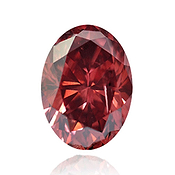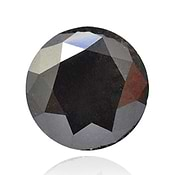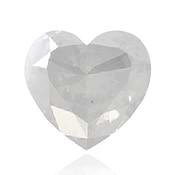The Diamond Chart of Color Combinations
The world of fancy color diamonds is exceptionally rare and fantastically unique. As opposed to colorless stones which contain only different shades graded from D – Z, Fancy Color Diamonds are found with 12 different colors, over 90 secondary hues, 9 intensity levels, and over 230 color combinations.
Similar to any other diamond, the value is calculated according to the Color, Clarity, Cut, and Carat Weight, known to many as the 4Cs. Only, since fancy color diamonds are so unique, the color of the stone is considered the most important diamond attribute.
Through the combination of colors, intensities, and secondary hues, LEIBISH aimed to introduce you to the World Of Colors.
The wonderful thing about Fancy Color Diamonds is that they are found in a rainbow of colors. Though many people are now aware of these remarkable stones, many are less aware of all the secondary colors available. There are only twelve main diamond colors, but there are actually over 230 possible secondary color combinations(otherwise known as overtone colors) from which to choose!
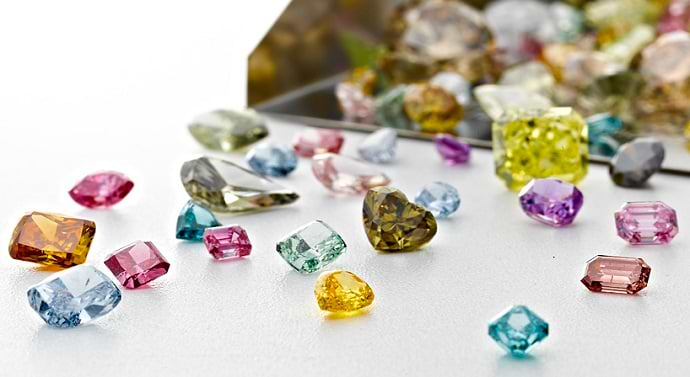
An assortment of natural fancy color diamonds
Since not every secondary color is found combined with the twelve main colors, here is a short article reviewing the various color possibilities.
What Is a Diamond Color?
While many diamond shoppers believe the best diamonds are colorless, there’s something completely different to know about diamond color. Colorless diamonds are valued for their lack of body color, and those displaying subtle body tints have trace elements in the crystal. The 4Cs is a universally recognized system of evaluating diamonds. It this system, the more colorless the stone, the higher value it has.
Like other natural earth-mined gems, diamonds may exhibit various amounts of yellow, brown, or even grey tints as a result of slight impurities in the crystal. But when stones display a prominent extent of attractive tints, this variety is referred to as color diamonds, or even fancy color diamonds. These rare varieties are highly desirable owing to their scarcity and beauty.
When assessing a fancy color diamond, a grader includes the stone's actual color, whether it be green, violet, brown, yellow, pink, blue, or other hues. A gem's tone is expressed as the degree of color, from light to dark.
The saturation describes that color's purity of hue. Because colorless diamonds have no saturation to evaluate. they are examined with the stone’s fire and brilliance.
The color scale
GIA (the Gemological Institute of America) devised a universal system of grading diamonds years ago that provided consumers and professionals with a uniform system of communicating its color. Organized in stages from D meaning the most colorless to Z representing the most body color (outside of fancy color diamonds).
The official GIA scale expresses the color range in white diamonds only --- the D to Z system is never used for fancy color diamonds, even though diamonds in this classification exhibit some body color as the stones get closer to the bottom –or Z—range of the ranking system. The D—Z designation is used to indicate the degree to which the colorless stones exhibit a yellow, brown, or grey body color. Trained diamond graders use diamond master testing sets that have examples of various diamond colors at intervals along the grading scale to determine the color of the stone they are grading.
D color diamonds are extremely rare and valuable, however those closer to the end of the scale, like those in the N to Z range are not often used in jewelry, unless to accent brown or yellow diamond pieces.
Best color and clarity for diamonds
When shopping for the perfect diamond, there are many aspects of the stone to consider. Color is one of them, especially in larger sized stones. The color of the metal setting also impacts the overall appearance of the diamond you choose.
It’s wise to get the eye acclimated to even subtle differences in color so you end up with the best stone within your budget. Look at a few different colors to find the most pleasing color diamond for you. You may be able to select a D color, and that is the highest designation on the color scale. But you may be surprised to discover that even stones in the G-H-I range show wonderfully white in certain settings. If you select a yellow gold setting. Then you can select a lower color diamond on the grading scale, and it will still glisten wonderfully as a white stone in that setting
Clarity is another component to evaluate with determining the best stone to purchase. The clarity grade is established using a 10x magnification to set the clarity grade, even though the stone will normally be viewed with the naked eye. GIA created a system of communicating diamond clarity to establish the number of inclusions or lack of them in the diamond. As part of the clarity grade, stones are assessed for their overall face up appearance. Do it show tremendous sparkle and display a brilliant play of light? Those are taken into consideration.
Similar to the color gradings scale, the clarity scale has rankings from completely flawless (F) or its close rating of Internally flawless (IF) all the way down to the most included (blemished) stone which is ranked
included (I) with subcategories of 1, 2, 3. Stones lower than those designations would not be used in jewelry.
Diamond color rating
Naturally colored diamonds must be graded separately in the clarity sector. In reality, most diamonds, whether they are colorless or fancy color diamonds
show some inclusions under magnification. There are instances where the natural blemishes (inclusions) are so minute or light colored that they are difficult to detect even under 10x magnification. Other more prominent
inclusions (which then are lower on the clarity scale) are larger, more abundant, and perhaps darker. Those stones will rank lower on the clarity scale. The complete scale is as follows;
Diamond Color in Fancy Color Diamonds
Color diamonds can be found in twelve pure hues: yellow, blue, pink, orange, green, brown, gray, purple, violet, red, white, and black. Chameleon diamonds exist as well and are often categorized on their own, but those are essentially greenish or yellowish diamonds that temporarily change colors once exposed to light or heat.

The 12 primary colors, diamonds are found with. From left to right, yellow, pink, blue, green. orange, champagne, violet,gray, purple, red, fancy black, fancy white
Diamonds with one pure hue are the most desirable and are often more expensive. Only, because colored diamonds are actually combined elements, stones exuding two or more colors are seen more often and can also be exceptionally beautiful and the ideal diamond for many.
If the primary color of a diamond is yellow (meaning over 50%), and it also depicts a relatively strong orange hue (say 35%), once assessed it would be determined to be an orange yellow diamond. If the overtone color in the same stone was quite weak (say only 15%), it would be called an orangy yellow diamond.
Secondary Diamond Color Combinations
A color diamond possessing any one of the twelve main colors can also boast one or more secondary colors. Each main color has a number of possible color combinations. For instance, yellow diamondscan either a pure color or can be found containing secondary colors like brown, brownish, brown greenish, brownish greenish, green, greenish, orange, orangy, gray greenish, and brownish orangy. A yellow diamond with one of these secondary colors would therefore read for example as a “brownish yellow diamond,” “orangy yellow diamond,” and so forth.
Main Color - YELLOW |
|
|---|---|
| Pure | Yellow |
| Brown | Yellow |
| Brownish | Yellow |
| Brown Greenish | Yellow |
| Brownish Greenish | Yellow |
| Green | Yellow |
| Greenish | Yellow |
| Orange | Yellow |
| Orangy | Yellow |
| Gray Greenish | Yellow |
| Brownish Orangy | Yellow |
Blue diamondsinclude secondary colors of gray, grayish, green, greenish, violetish, gray greenish, and grayish greenish.
Main Color - BLUE |
|
|---|---|
| Pure | Blue |
| Gray | Blue |
| Grayish | Blue |
| Green | Blue |
| Greenish | Blue |
| Violetish | Blue |
| Gray Greenish | Blue |
| GrayishGreenish | Blue |
Pink diamondshave eight possible secondary colors besides its pure state. These can be purple, purplish, brown, brownish, grayish, orangy, brownish orangy, and brownish purple.
Main Color -PINK |
|
|---|---|
| Pure | Pink |
| Purple | Pink |
| Purplish | Pink |
| Brown | Pink |
| Brownish | Pink |
| Grayish | Pink |
| Orangy | Pink |
| Brownish Orangy | Pink |
| Brownish Purple | Pink |
There are six secondary colors for orange diamonds: brown, brownish, yellow, yellowish, brownish yellowish, and pinkish.
Main Color -ORANGE |
|
|---|---|
| Pure | Orange |
| Brown | Orange |
| Brownish | Orange |
| Yellow | Orange |
| Yellowish | Orange |
| Brownish Yellowish | Orange |
| Pinkish | Orange |
Aside from yellow, green diamondsare the only color that has ten possible secondary colors, which are yellow, yellowish, blue, bluish, brown, brownish, gray, grayish, gray yellowish, and grayish yellowish.
Main Color -GREEN |
|
|---|---|
| Pure | Green |
| Yellow | Green |
| Yellowish | Green |
| Blue | Green |
| Bluish | Green |
| Brown | Green |
| Brownish | Green |
| Gray | Green |
| Grayish | Green |
| GrayYellowish | Green |
| GrayishYellowish | Green |
Brown, or otherwise known as champagne diamonds, as well as gray diamonds both have nine possible secondary colors. The brown options are yellow, yellowish, pink, pinkish, orange, orangy, greenish, purple, and reddish.
Main Color -BROWN |
|
|---|---|
| Pure | Brown |
| Yellow | Brown |
| Yellowish | Brown |
| Pink | Brown |
| Pinkish | Brown |
| Orange | Brown |
| Orangy | Brown |
| Greenish | Brown |
| Purple | Brown |
| Reddish | Brown |
The gray diamondoptions are violet, violetish, blue, bluish, green, greenish, greenish yellow, greenish yellowish, and yellowish green.
Main Color -GRAY |
|
|---|---|
| Pure | Gray |
| Violet | Gray |
| Violetish | Gray |
| Blue | Gray |
| Bluish | Gray |
| Green | Gray |
| Greenish | Gray |
| Greenish Yellow | Gray |
| Greenish Yellowish | Gray |
| Yellowish Green | Gray |
Purple diamonds, violet, and red diamonds all have three secondary color possibilities. Purple diamonds may include pink, pinkish, and grayish pinkish.
Main Color - PURPLE |
|
|---|---|
| Pure | Purple |
| Pink | Purple |
| Pinkish | Purple |
| GrayishPinkish | Purple |
Violet diamondsare rarely found in a pure color, and often contain the secondary colors of gray, grayish, and bluish.
Main Color -VIOLET |
|
|---|---|
| Pure | Violet |
| Gray | Violet |
| Grayish | Violet |
| Bluish | Violet |
Red diamonds, which are among the rarest diamonds on earth, can be found with purplish, brownish, and orangy.
Main Color -RED |
|
|---|---|
| Pure | Red |
| Purplish | Red |
| Brownish | Red |
| Orangy | Red |
White and black diamonds not only come in just one color intensity level, Fancy, but they also do not have secondary colors, just a single pure hue.
Main Color - WHITE |
|
|---|---|
| Pure | Fancy White |
Main Color - BLACK |
|
|---|---|
| Pure | Fancy Black |
Chameleon diamondson the other hand can be green or yellow and can have a gray yellowish, grayish yellowish, gray, or grayish secondary color if green or a gray greenish, brownish greenish, or green yellow if yellow.
Main Color -CHAMELEON |
|
|---|---|
| Gray Yellowish | Green |
| GrayishYellowish | Green |
| Gray | Green |
| Grayish | Green |
| Gray Greenish | Yellow |
| Brownish Greenish | Yellow |
| Green Yellow | Yellow |
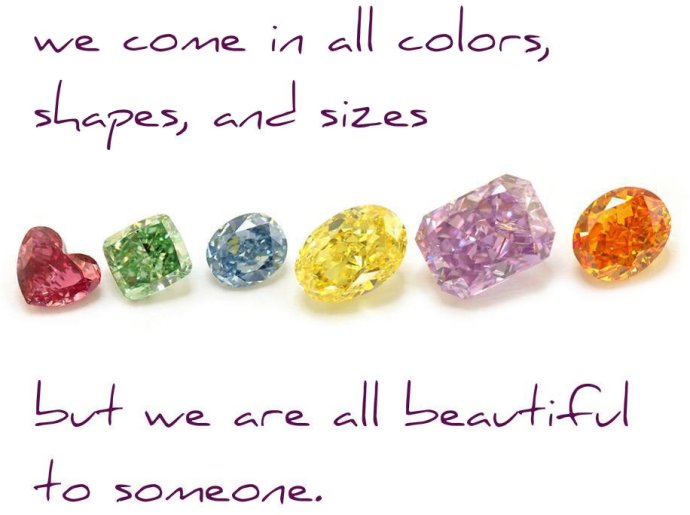
The color possibilities for color diamonds are plentiful and can seem daunting to some. Once you understand the main colors as well as the possible secondary colors for each color diamond, it is a bit more understandable and less intimidating. Still, diamonds can have more than just one secondary color, leading the fairly understandable combinations to add up to more than 230 possibilities.Nevertheless, once you get the hang of it, it is quite easy to follow. Furthermore, many of these color combinations appear similar and are also not necessarily available at every selling point. Once you know the general color direction you would like to go in, and understand the make-up of a stone's color, you will be able to choose a diamond based on its color among other aspects, without the slightest hesitation.

